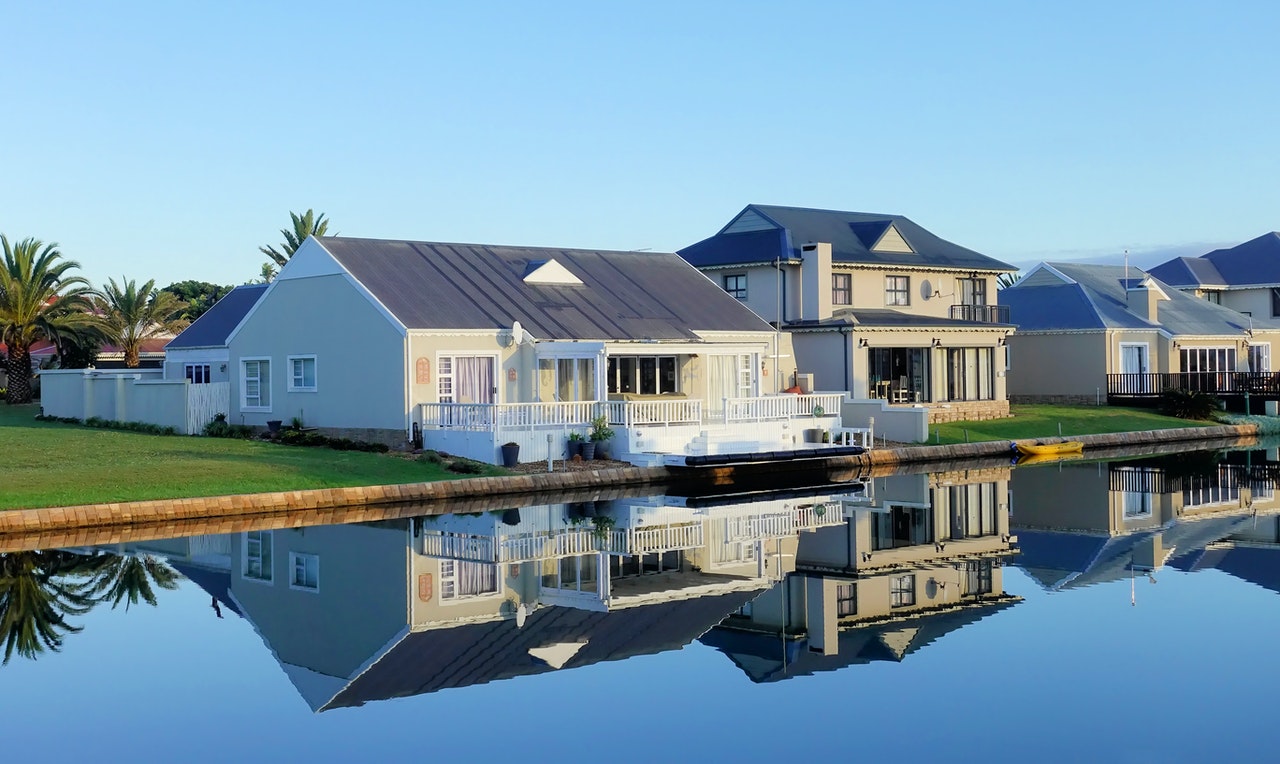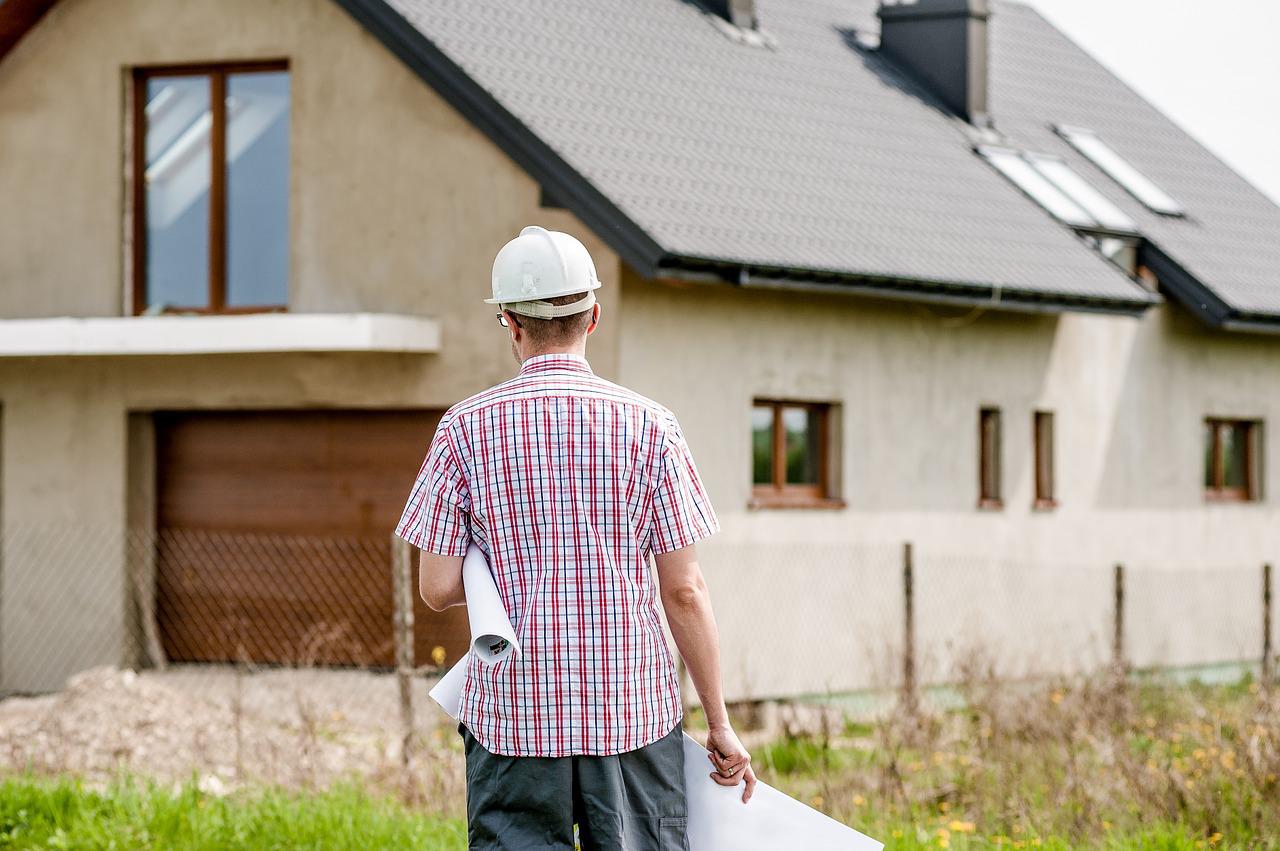Buying a home can be an intimidating and complicated process, but purchasing a waterfront property can be even more intimidating and complex. Owning a home on the water is a dream for many people. Still, it is essential to know some important things to make the process less complex and intimidating before purchasing a waterfront property.
First Steps Toward Buying a Waterfront Property
No matter what kind of home you plan on buying it is important to know the first steps. It’s especially crucial when you are trying to buy a waterfront property because of a few additional measures.
What kind of waterfront?
One of the first things that should be considered is what kind of waterfront property you would like to purchase. Whether it’s a lake, river, or ocean, it is essential to look at where you see yourself living. Ask yourself if you would like a sandy beach, if you’re okay with murky water or if you would prefer clear water.
Next, make sure to know the difference between a waterfront property and a property with water views or water access or having water privilege. A property with just water views will not be on water like a waterfront property would be. Instead, you can just see the water from your home while not being on the water. With water access, this means you may not be on the water or even see it from your property. Having water access means you will just be able to go to the water either from your property or a community-owned property. Finally, if the property has water privileges this means that the property is not waterfront, nor does it have views but you can go to the water from a community-owned property or an easement. Therefore, even if you cannot see the water or the home is not on the water you can still have access to a beach or dock through water access or privilege.
Location first, home second
Next, focus on the area first, and the home second. The reasoning behind this is that if the water surrounding the home isn’t what you ideally wanted then you will not be happy inside or outside the home. For example, if you wanted clear waters or a quiet beach and instead you get murky waters or a beach that attracts party-goers you’ll be disappointed that you prioritized the home over the property.
Find an Agent
Once it has been determined what kind of waterfront property you would like to own and where you would like to live, now it is time to contact a real estate agent. When trying to find an agent it is important to find one that is experienced with waterfront properties because the average agent may not be. When you find an agent you should start not only by telling them what kind of home you want but tell them how you plan to use the water on the property. For example, if you own a boat, inform your agent of how big of a dock you will need.
Check Out the Comps
After the agent finds properties in the area you have selected, it is essential to look at the comparables in the area. By looking at the comps you ensure that you are getting the best deal in that area in regards to home statistics and the water on your property. Sell your home in Roseville
Questions to Ask the Agent
Next is knowing the right questions to ask the agent about the waterfront properties they find. Some waterfront properties have Homeowner’s Associations that put in place rules and regulations about the water on the property along with any additional maintenance. It’s also essential to ask about utilities and safety features. Here are some questions to ask:
- Is there an HOA?
- Can I build on the property?
- Are there any water use restrictions?
- Can I use a boat?
- Can I swim in the water?
- Can I fish?
- Can I use water vehicles?
- Are there any utilities, if so what utilities?
- Is there a seawall? If so what’s its age and previous maintenance that has been done to it?
Research Before Buying
Finally, do your research. It’s important to do a water analysis test to ensure that it is safe for swimming and any other water activities. Another thing to check out in regard to safety is the seawall or bulkhead. Most waterfront properties that are on the ocean have either a seawall or a bulkhead to protect the house from any damage that’s why it is important to know everything about the one on the property. Therefore, you should look into getting the seawall inspected by a specialist.
Benefits of Owning a Waterfront Property
If you’re still considering whether or not to buy a waterfront property, or if you are in the process of buying one, here are some of the many benefits.
Personal benefits
One big personal and long-term benefit of living on the water is the health benefits of it. According to Michigan State University’s Amber L. Pearson, living near water can help reduce stress levels leading to a healthier and happier life.
Purchasing waterfront property is a personal and long-term benefit that will be great for you and your family, especially for your family in the future. This is because many families choose to buy waterfront properties and keep it in their family as a legacy property. Therefore, by buying a waterfront property, you are not only investing in your future but in your family’s future for generations to come.
Financial benefits
Owning waterfront property is not only good for your overall health but also has some financial benefits. The first financial benefit is that purchasing a waterfront property is a promising investment. The reason waterfront property is such a promising investment is that they tend to appreciate more due to the level of scarcity and the high volume of demand from buyers. Another financial benefit to owning waterfront property is the rental income if you decide to put the waterfront property up for rent. Many homeowners of waterfront properties choose to put their homes on the water up for rent when they are not using them, creating an ideal vacation spot for anyone. By putting your waterfront property up for rent, you can have some extra money in your pocket, and you ensure that you will have money for any extra costs that the waterfront property has.
Challenges and considerations
Buying a home, no matter where it is will always come with its challenges. But when buying a waterfront property, more challenges need to be considered before making that purchase.
Additional costs
Some things you need to consider are the additional costs that your waterfront property will come with. One of the things you should research is insurance. Most home insurance policies don’t cover any water damage caused by flooding so if you live by the water this will be something you will want. To look at the flood hazard information near your potential property check out the FEMA Flood Map Service Center. Along with getting flood coverage, some waterfront cities require waterfront homeowners to get general hazard and wind coverage.
More maintenance than expected
Another challenge would be the additional responsibilities of owning a waterfront property. Some of those responsibilities include extra maintenance of your seawall, dock, and boat lift. Unexpected maintenance will be the HVAC system needing to be replaced sooner, especially if you live on the ocean, because of the salt air. And of course, there will be additional maintenance to preserve the condition of the body of water near the property along with any other rules and regulations that are required by the HOA.
Less privacy
Finally, one more thing that needs to be considered before purchasing a waterfront property is the potential lack of privacy around the home. If the water the house is on is popular either with people or boats, expect to see more people hanging around near the property giving you less privacy than with an inland property.
Purchasing a waterfront property can be a big investment but it’s an even bigger decision. Especially when there are so many things to consider. But if after reading this article you have decided it’s the right investment for you and your family, Homes.com can help you search for a waterfront property in any city and help you find an agent. Begin your search today!


